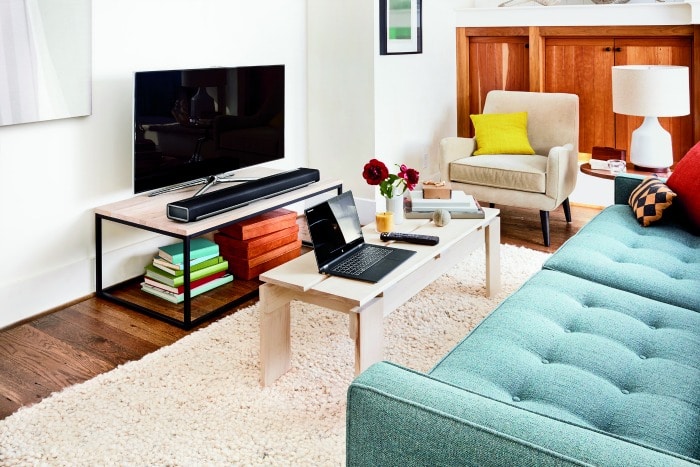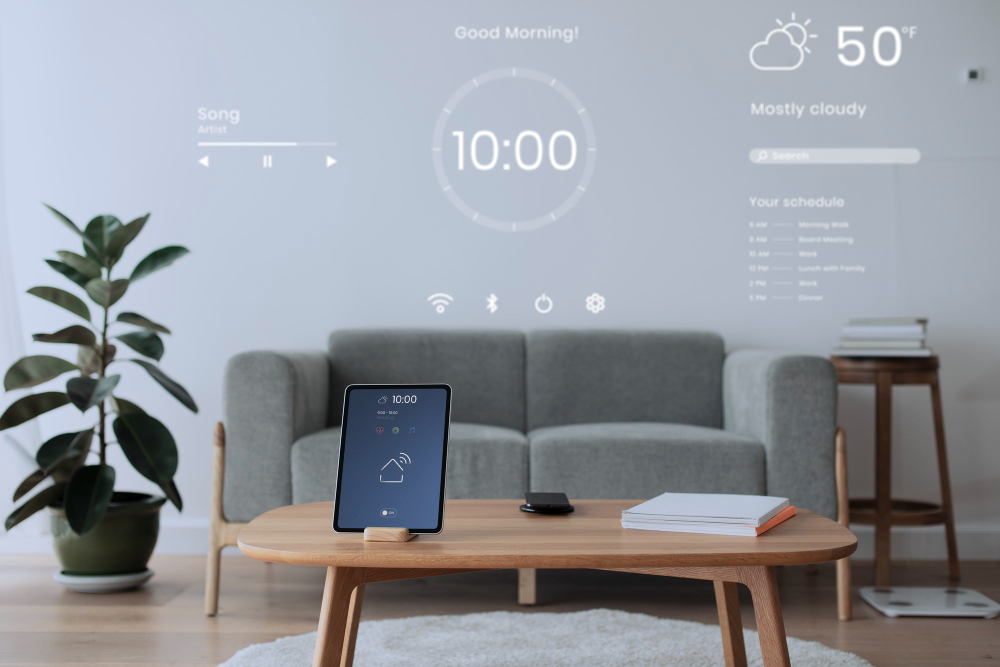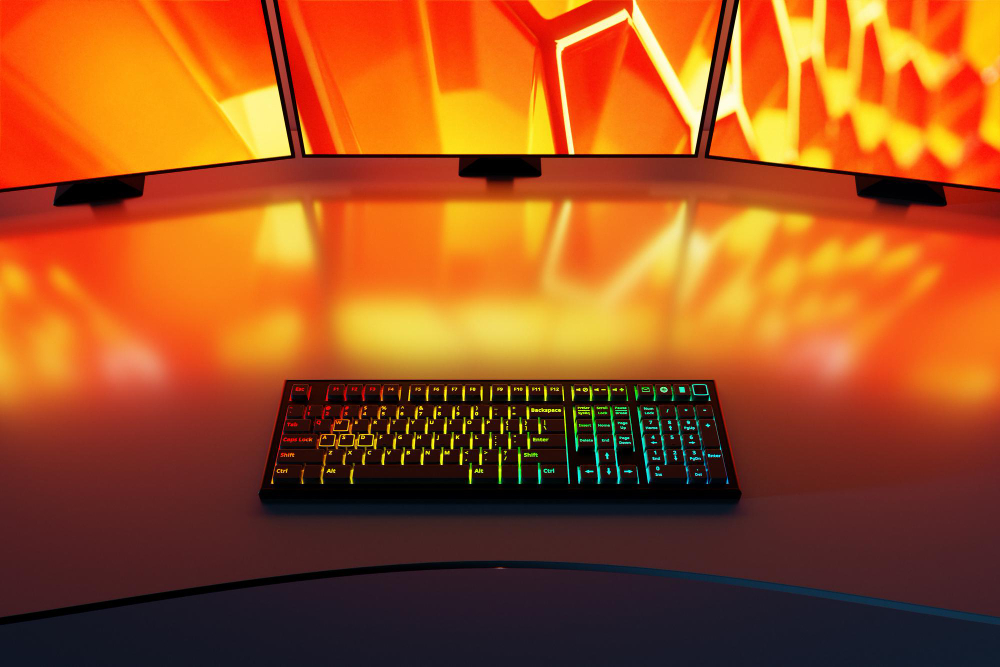Do you want better sound than your flatscreen TV provides but want to save money on something other than a home theater system? Try a soundbar.

They’re much simpler to set up than traditional surround-sound systems and don’t require a receiver. They also tend to be cheaper. And they usually deliver a great improvement in audio quality.
Speakers
Speakers convert electrical energy into mechanical energy that compresses and expands the air around them, producing sound waves. They have a speaker cone (diaphragm) that moves back and forth to create sound pressure waves.
To reach the highest pitches we can hear, a driver must move back and forth thousands of times per second. This requires a very light, low-mass driver.
A portion of the driver called a surround keeps the voice coil from moving to the sides and prevents it from getting stuck in the gap between the magnet and pole piece. This Samsung parts of the speaker is shaped like a spider, which is probably why it got its name.
The driver is supported by a frame or basket made of plastic, metal, or other material. Inside the frame is a flex wire or terminal to move the electrical current from the amplifier to the voice coil. A dust cap is also included to keep debris from the speaker cone and voice coil area.
Subwoofers
The primary function of a subwoofer is to add deep bass sound. This can make your TV shows and movies more immersive, creating a physical shaking in the chest when the rumble of an explosion or the whump-whump of helicopter blades is heard.
Speakers send sound waves in all directions, while a subwoofer is designed to produce lower frequencies that only move forward and backward, which gives it a more limited range of placement options. To find the best location, you can use “crawling for bass”—sitting in different chairs or lying on the floor listening for where the sound is most natural.
The easiest way to connect two subwoofers is with a Y-adapter that splits the low-frequency signal between them. The male end of the Y-adapter goes into the input on the back of your receiver labeled sub or something similar. The female ends of the Y-adapter then go into the inputs on each subwoofer labeled line in or LFE In (again, depending on what you have). You can also connect them directly to each other if you prefer.
Amplifiers
Unlike hi-fi audio systems that require multiple speakers and an amplifier or receiver, sound bars have built-in amplifiers to power their own internal speakers independently. This keeps them compact and simple to set up.
The speaker types that comprise a soundbar vary widely, but all feature an external driver that vibrates a flexible diaphragm back and forth to produce sound waves. Some models also have a subwoofer to add richness and bass frequencies, while others have upward-facing drivers that reflect off walls and ceilings to create a virtual surround sound experience.
It would help to consider how you want to connect your soundbar and whether it supports voice control. Many come with popular smart speaker platforms integrated, while some are compatible with Google Assistant or Amazon Echo devices. You’ll also find a number that supports Dolby Atmos 3D audio, which uses upfiring speakers to mimic the immersive environment of movie theaters.
Connectors
Depending on the model, sound bars can have between two and five channels. Two means there are only left and right speakers in the main enclosure; three adds a center channel for improved dialog clarity; five adds rear satellite speakers for a surround-sound experience. Some models also let you link them to voice systems to raise the volume with a simple command.
Sound bars are a great choice for anyone who wants to upgrade their TV’s tinny, indistinguishable audio without the expense and hassle of a full home theatre or surround sound system. They’re relatively easy to set up and operate, too. All you have to do is connect them to the TV using an HDMI or optical cable. They can work together to deliver a richer, more immersive listening experience. They’re ideal for flatscreen TVs because they are designed to sit directly in front of them.








